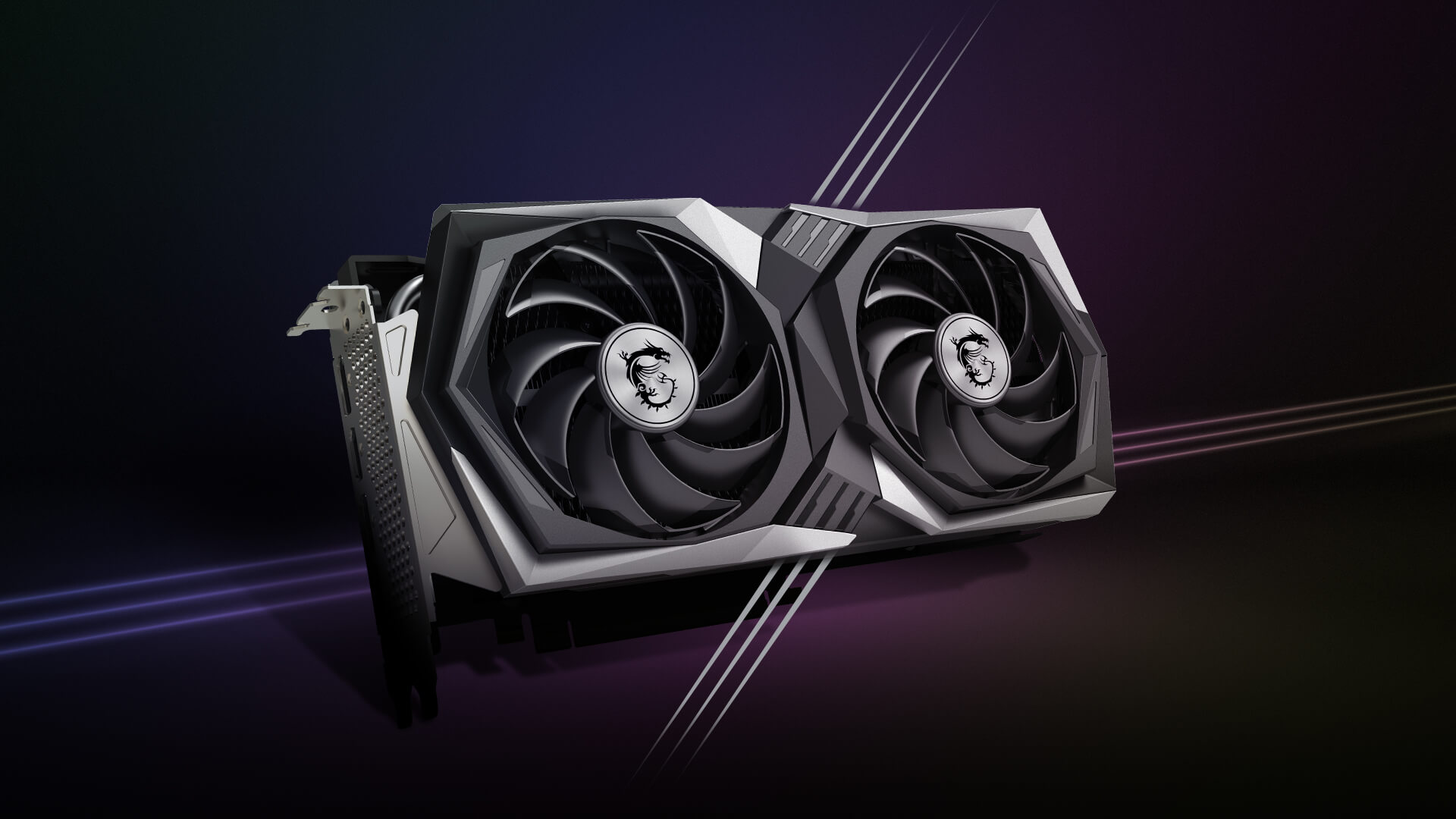For gamers and PC enthusiasts looking to build or upgrade their systems, choosing the right graphics card is essential for an optimal gaming experience. The AMD Radeon RX 6600 XT is a popular mid-range GPU known for its performance in 1080p gaming. Identifying its equivalents in Nvidia’s lineup can help users make a more informed decision when comparing options across brands. In this article, we will evaluate the equivalents to the RX 6600 XT based on gaming performance, pricing, power efficiency, and feature support.
Battle of Frame Rates
1080p Gaming: AMD vs. Nvidia
The RX 6600 XT excels in 1080p gaming, providing solid frame rates across a variety of titles. To find its Nvidia counterpart, one should consider GPUs that offer similar performance at this resolution. The Nvidia GeForce RTX 3060 is a close match, designed to tackle the same segment of the market with comparable frame rates in numerous gaming benchmarks, positioning itself as a strong alternative.
Advanced Graphics: Ray Tracing and Beyond
Ray tracing technology has become a hot topic for gamers seeking realistic lighting and reflections in games. While the RX 6600 XT supports ray tracing, its performance in ray-traced titles tends to trail behind Nvidia’s offerings, due to the latter’s dedicated RT cores. The RTX 3060, equipped with these cores, can handle ray tracing more effectively, making it a potential choice for enthusiasts eager to explore this advanced graphical feature.

Evaluating Cost-Effectiveness
Initial Investment: MSRP and Market Prices
Cost is a pivotal factor when selecting a GPU. The RX 6600 XT often comes with a lower MSRP compared to the RTX 3060, appealing to budget-conscious buyers. However, actual market prices can fluctuate due to supply and demand dynamics. It’s important to check the latest prices instead of relying solely on the MSRP to get the best deal.
Longevity and Resale Value
Considering the future value of a graphics card is just as crucial as its current price. Nvidia GPUs typically maintain their resale value well, which could influence those planning future upgrades. The RTX 3060 might retain a higher resale value over time, potentially offsetting the higher initial cost for those who tend to upgrade their gaming rigs regularly.
Meeting System Requirements
Energy Consumption and Heat Output
The thermal design power (TDP) indicates how much heat a GPU generates and its power consumption. The RX 6600 XT usually sports a lower TDP than the RTX 3060, suggesting potential savings on energy costs and a cooler running system. This efficiency is worth noting for users with limited cooling options or those looking to build a more eco-friendly PC.
PSU Compatibility and System Integration
When installing a new GPU, ensuring it matches the system’s power supply unit (PSU) is essential. The lower power draw of the RX 6600 XT makes it a viable option for systems with less robust PSUs. Check that the PSU can handle the chosen GPU, considering both power requirements and connector types.
Enhancing the Gaming Experience
Unique Attributes of Each Brand
AMD and Nvidia offer distinctive features that can sway users. AMD’s FidelityFX Super Resolution (FSR) aims to boost frame rates without compromising image quality, while Radeon Anti-Lag targets a more responsive gaming session. Nvidia counters with DLSS (Deep Learning Super Sampling) for AI-driven image enhancement and G-Sync for smooth display synchronization.
Software and Driver Support
A user-friendly software ecosystem can significantly enhance the gaming experience. Nvidia’s GeForce Experience offers streamlined driver updates, game settings optimization, and gameplay recording. AMD’s Radeon Software competes with its own set of tools for performance tuning and streaming. Your preference for software support and functionality should guide your choice between these two brands.
In summary, finding an equivalent to the RX 6600 XT involves a multi-faceted comparison of performance, price, power, and features. The RTX 3060 emerges as the closest Nvidia counterpart, with its edge in ray tracing and strong feature set. However, the RX 6600 XT holds its ground with a competitive price point, lower power consumption, and commendable 1080p performance. Gamers must evaluate their priorities, from up-front costs to long-term power efficiency and feature preferences, to choose the best GPU for their system. Both AMD and Nvidia provide compelling options that cater to a wide range of gaming requirements, ensuring there’s a perfect match for every user out there.


